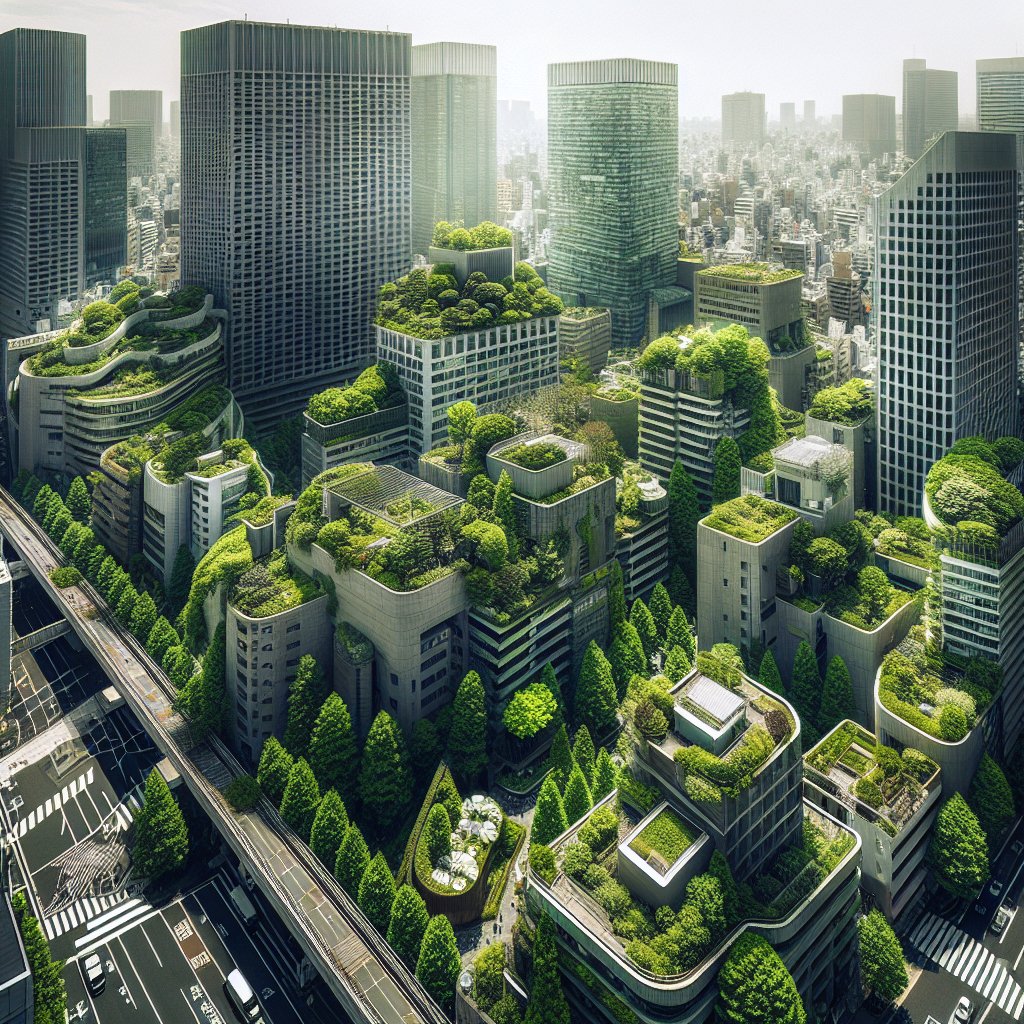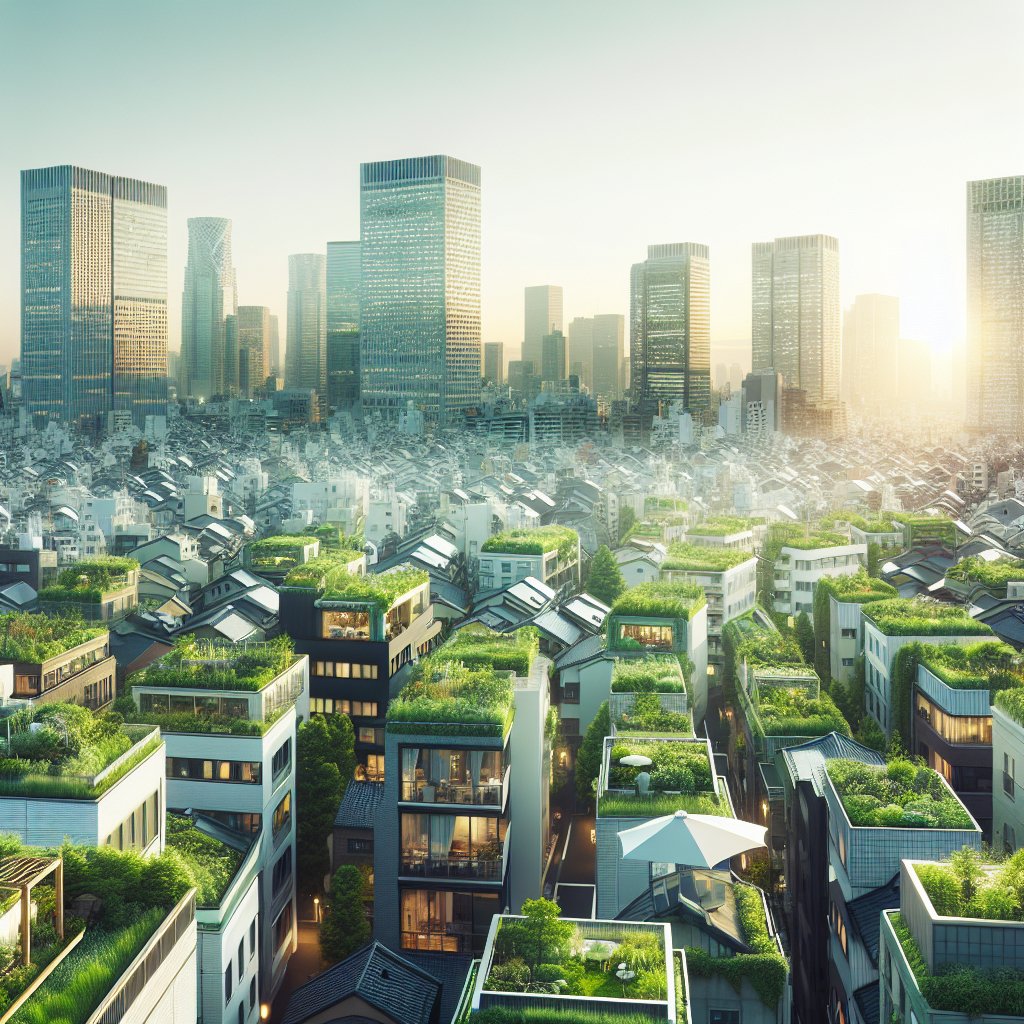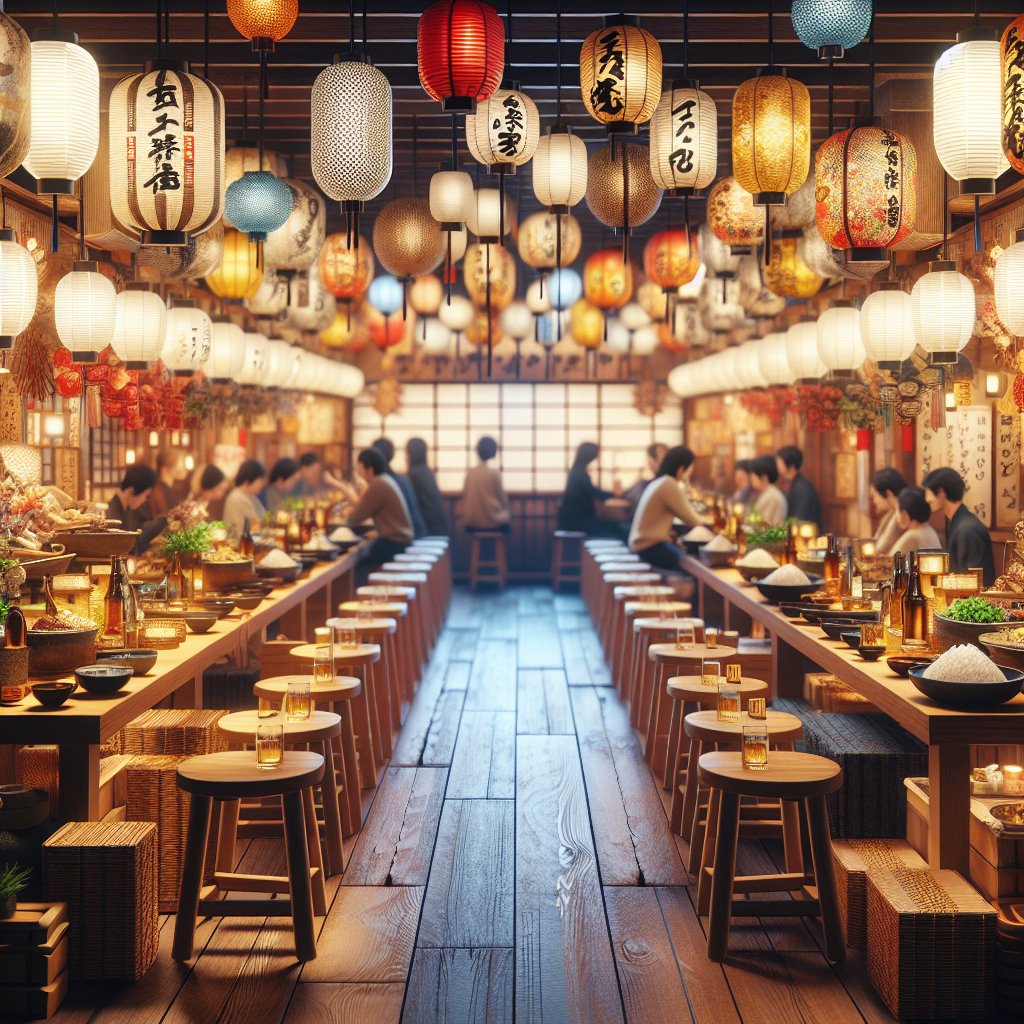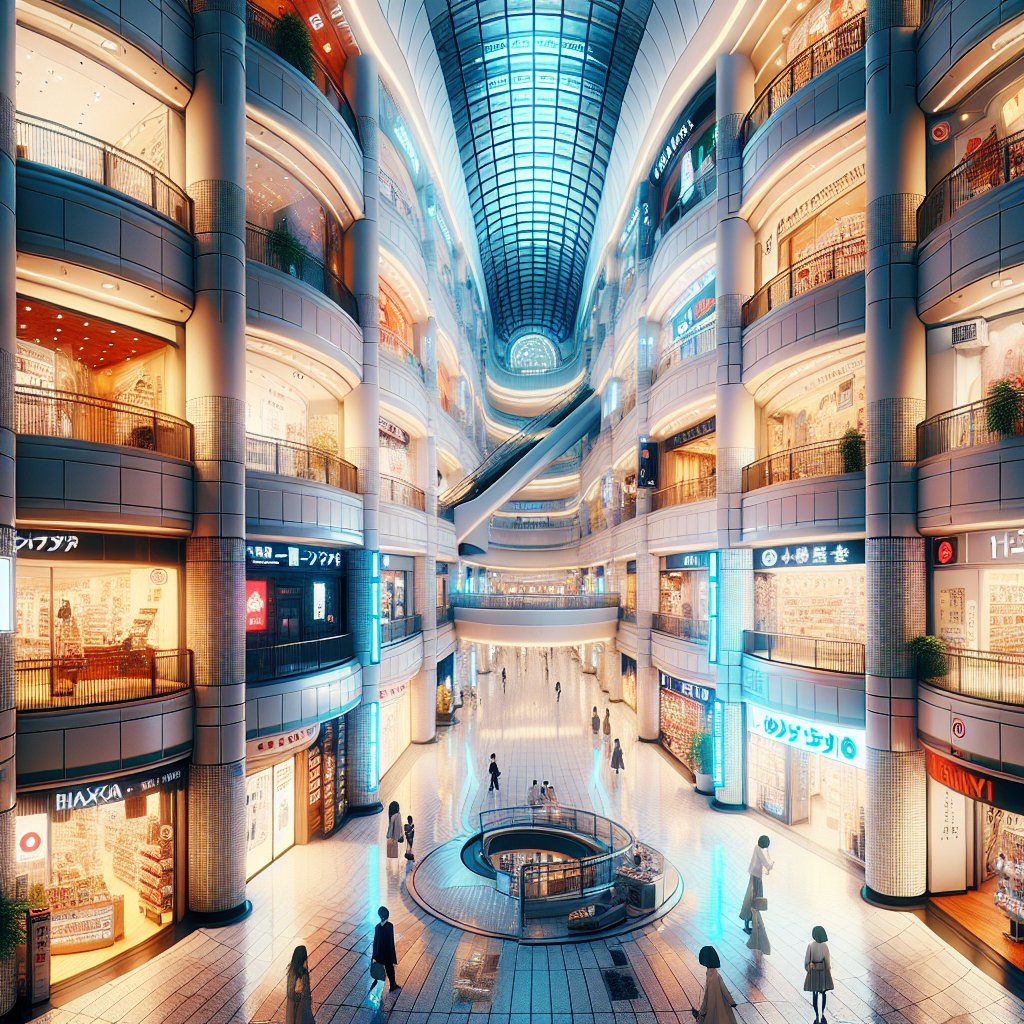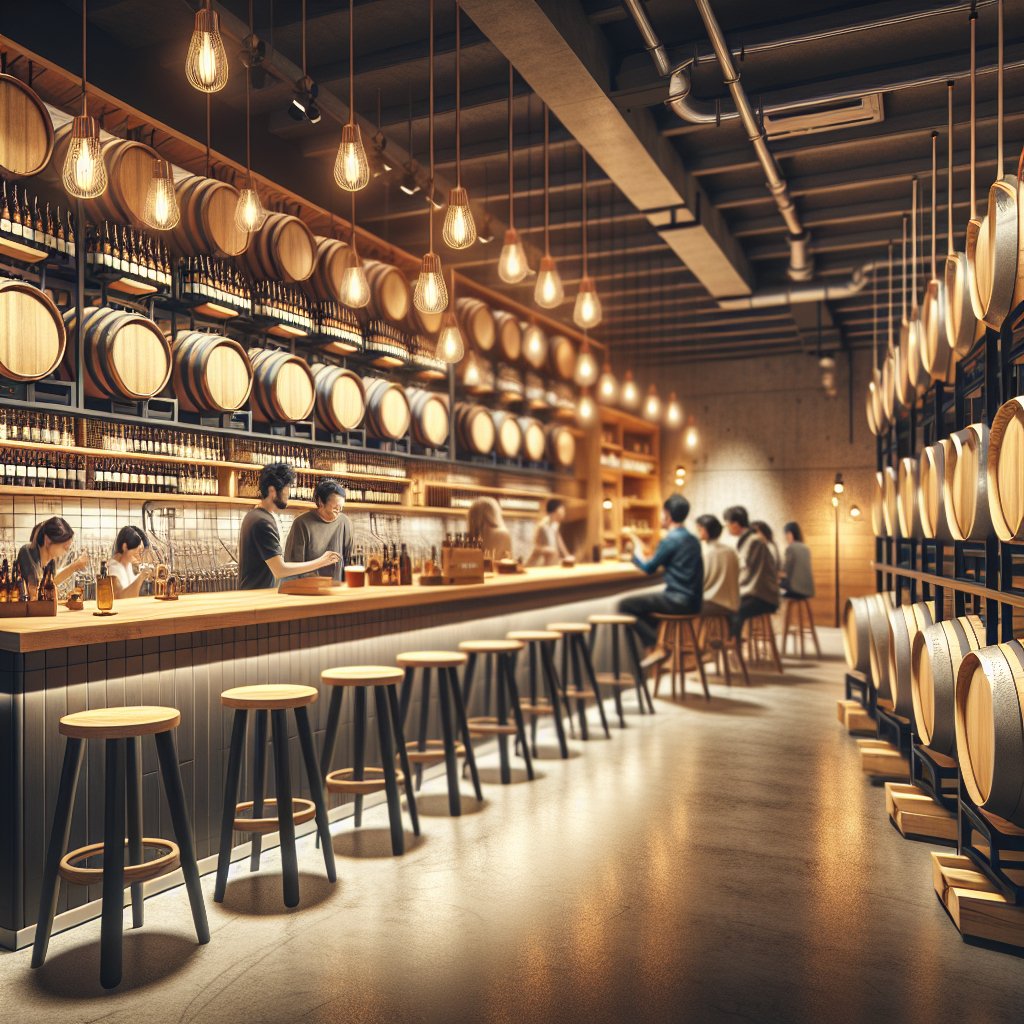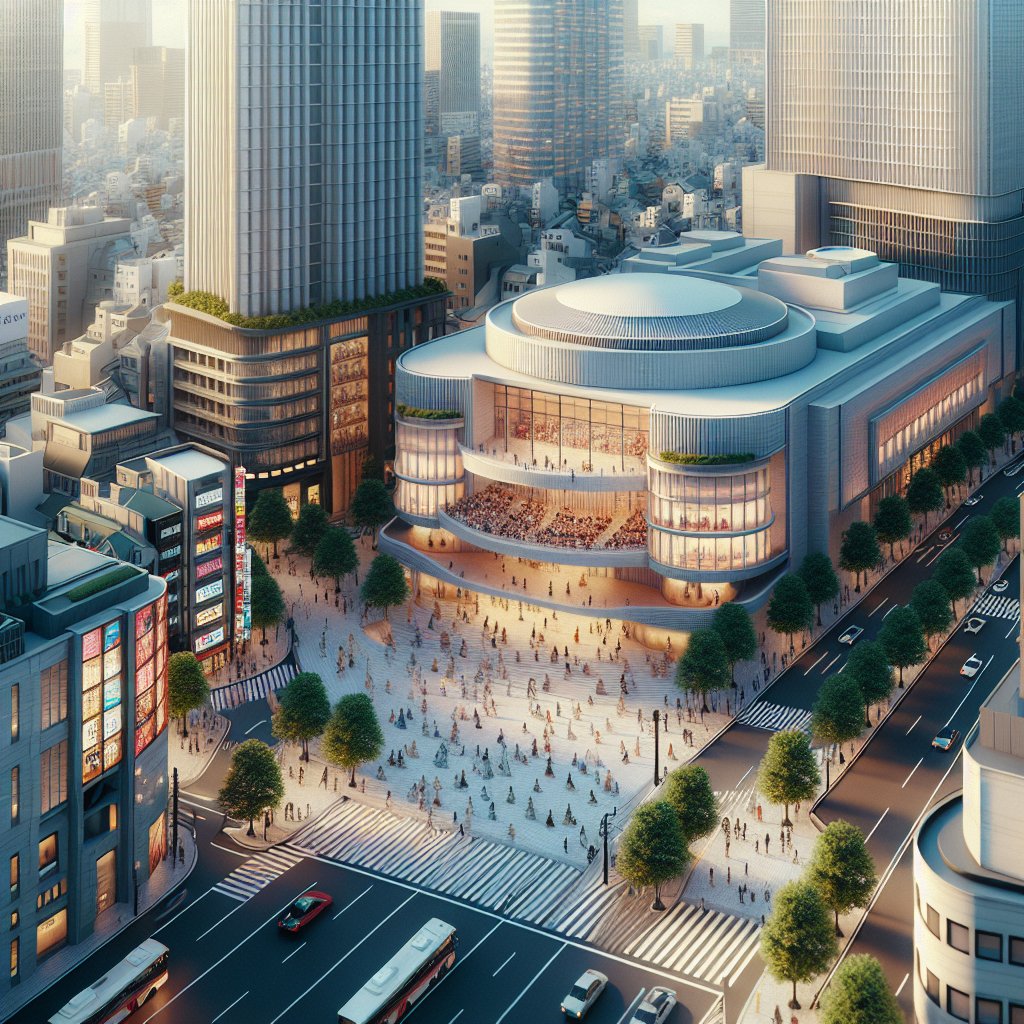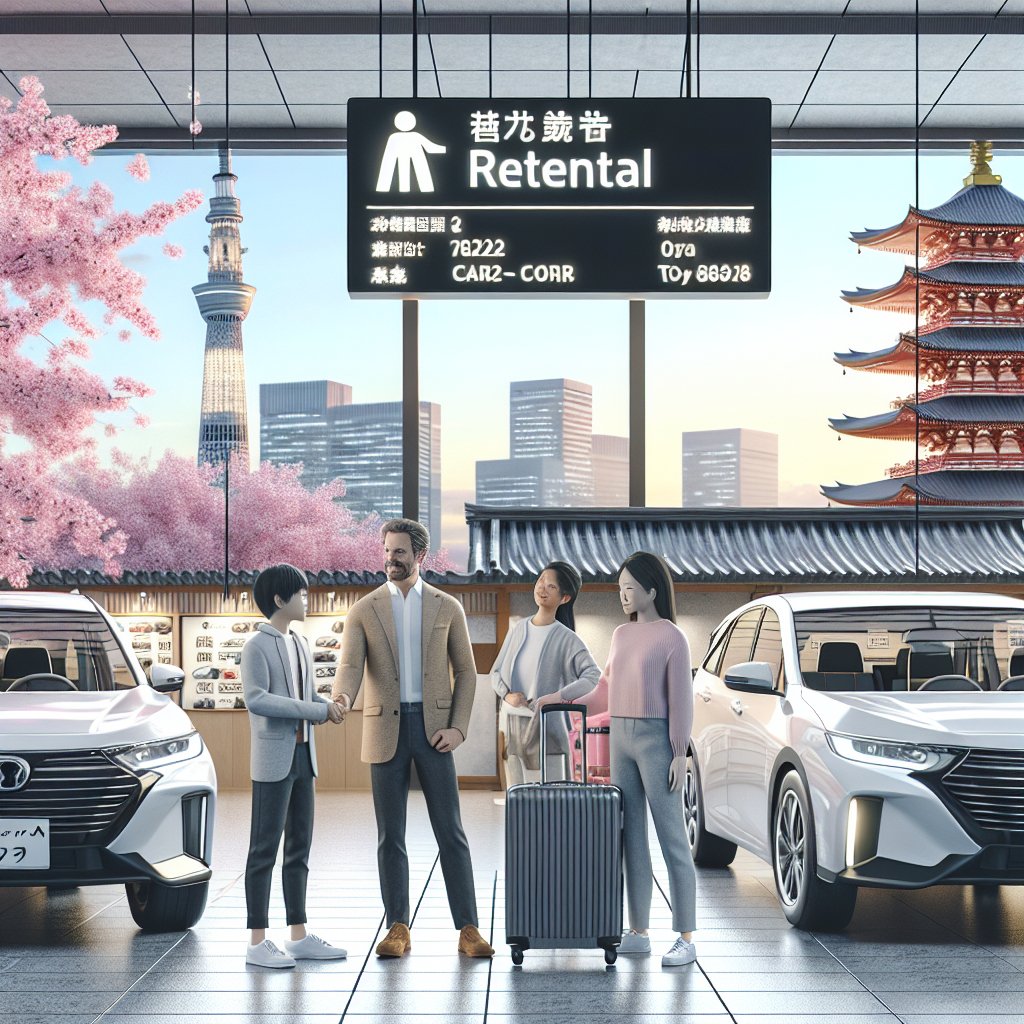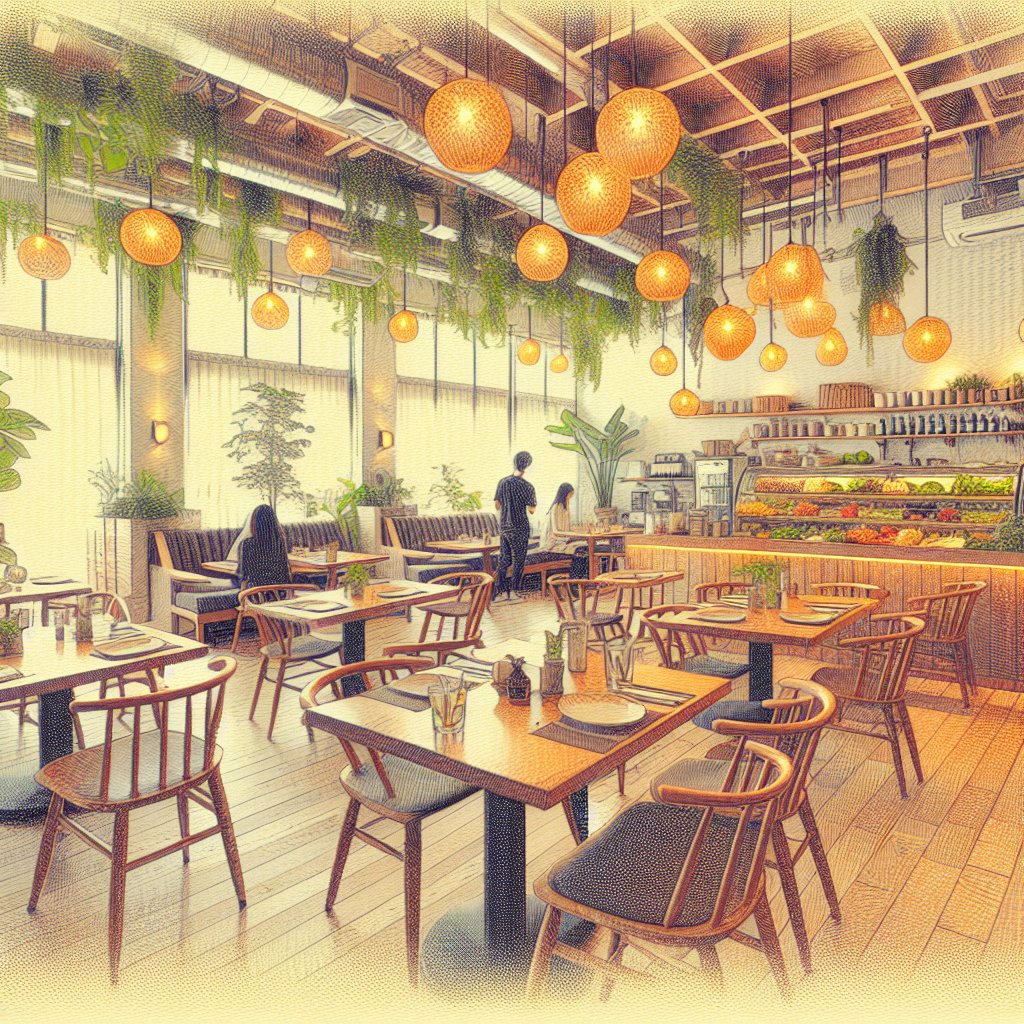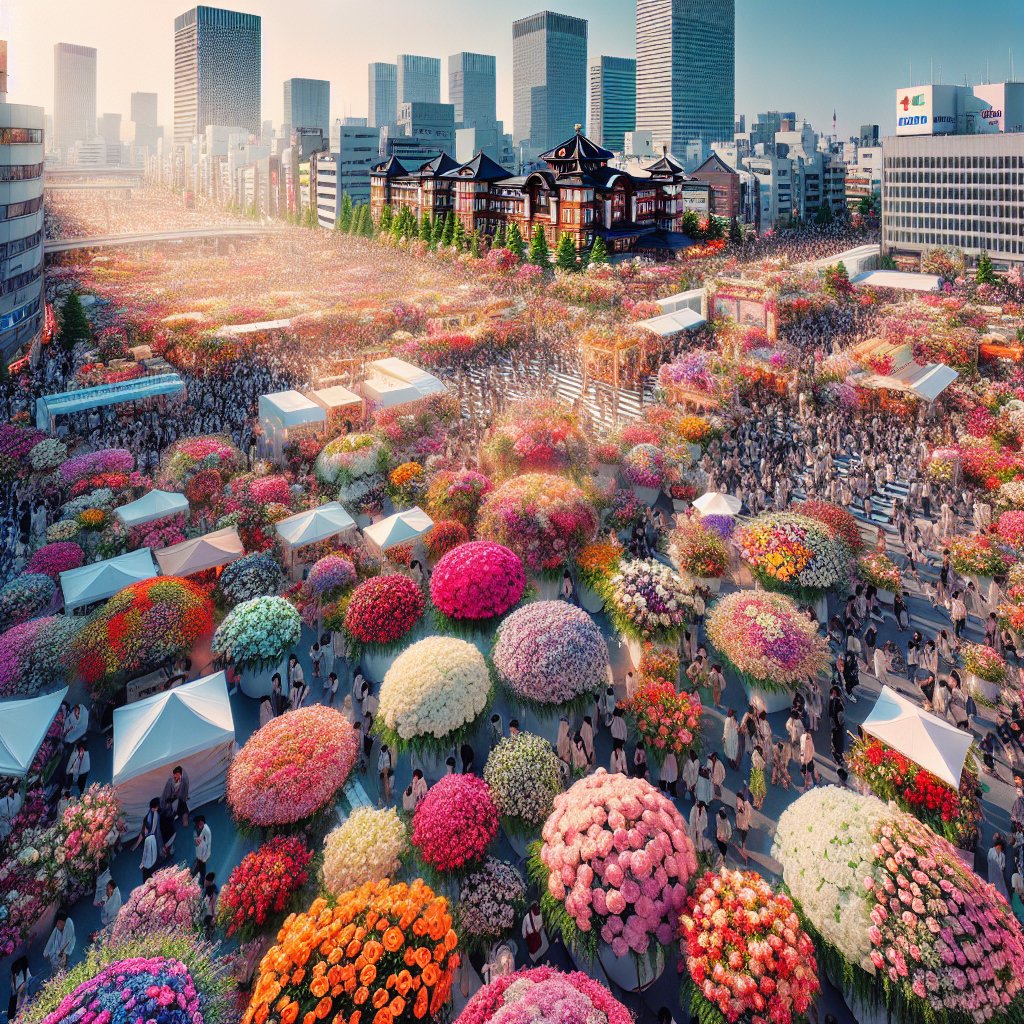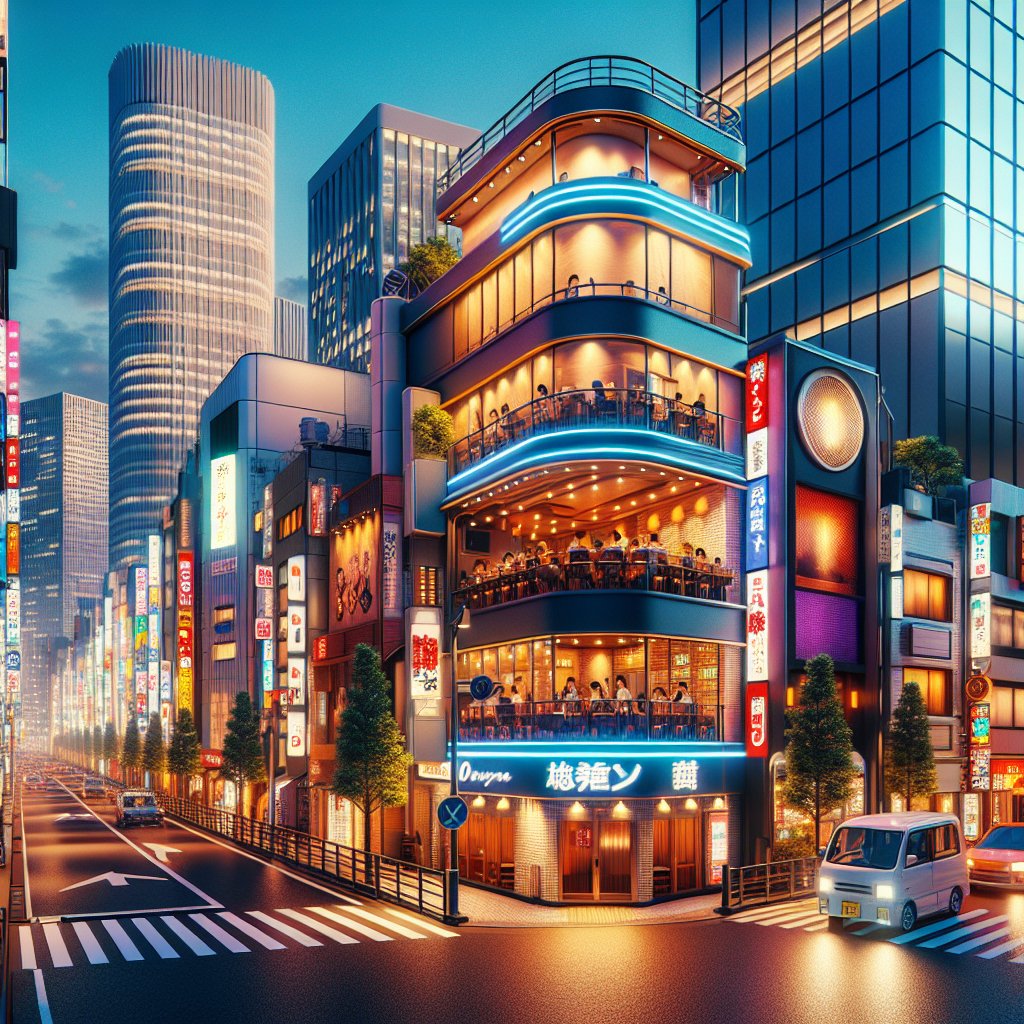Tokyo, a bustling metropolis known for its towering skyscrapers and vibrant city life, is also home to a surprising number of green spaces that play a crucial role in its urban landscape. These green areas not only provide a respite from the fast-paced city life but also contribute significantly to the environmental and social well-being of the city. In this article, we will explore the importance of green spaces in Tokyo, examining their impact on the environment, the community, and the overall quality of life in the city.
The Environmental Impact of Green Spaces
Green spaces in Tokyo serve as vital lungs for the city, helping to mitigate the effects of urban pollution and the heat island effect. The presence of trees and plants in parks and gardens contributes to the reduction of carbon dioxide levels, while simultaneously producing oxygen, which is essential for maintaining air quality. Moreover, these green areas help in filtering pollutants and dust from the air, providing a cleaner and healthier environment for the city’s inhabitants.
Another significant environmental benefit of green spaces is their role in managing urban temperatures. Tokyo, like many other large cities, experiences the urban heat island effect, where temperatures in the city are significantly higher than in surrounding rural areas. Green spaces help to combat this phenomenon by providing shade and releasing moisture into the air through a process known as evapotranspiration. This natural cooling effect can reduce the need for air conditioning, thereby decreasing energy consumption and greenhouse gas emissions.
Furthermore, green spaces play a crucial role in water management within the city. Parks and gardens act as natural water catchment areas, absorbing rainwater and reducing the risk of flooding. This is particularly important in Tokyo, where heavy rainfall and typhoons are common. By allowing rainwater to percolate into the ground, green spaces help to replenish groundwater supplies and reduce the burden on the city’s drainage systems.
The Social and Cultural Significance of Green Spaces
Beyond their environmental benefits, green spaces in Tokyo also hold significant social and cultural value. They provide residents with much-needed recreational areas where they can relax, exercise, and socialize. Parks such as Ueno Park and Yoyogi Park are popular destinations for both locals and tourists, offering a variety of activities ranging from picnics and jogging to cultural events and festivals.
Green spaces also serve as important venues for community engagement and social interaction. They offer a neutral ground where people from different backgrounds can come together, fostering a sense of community and belonging. This is particularly important in a city as densely populated as Tokyo, where personal space is often limited. By providing areas for leisure and socialization, green spaces contribute to the mental and emotional well-being of the city’s residents.
Culturally, green spaces in Tokyo are deeply intertwined with the city’s history and traditions. Many parks and gardens are home to historical landmarks, temples, and shrines, offering a glimpse into Japan’s rich cultural heritage. For instance, the Imperial Palace East Gardens provide a serene escape in the heart of the city, while also serving as a reminder of Japan’s imperial past. These spaces not only preserve the city’s history but also offer educational opportunities for both locals and visitors.
Challenges and Future Prospects
Despite the numerous benefits of green spaces, Tokyo faces several challenges in maintaining and expanding these areas. The city’s rapid urbanization and high population density put immense pressure on available land, making it difficult to allocate space for new parks and gardens. Additionally, the maintenance of existing green spaces requires significant resources and funding, which can be a challenge for city planners and local governments.
However, Tokyo is actively working towards overcoming these challenges through innovative urban planning and sustainable development practices. The city has implemented various initiatives to increase green cover, such as rooftop gardens, vertical greenery, and the integration of green spaces into new urban developments. These efforts not only enhance the aesthetic appeal of the city but also contribute to its environmental sustainability.
Looking to the future, the role of green spaces in Tokyo’s urban landscape is likely to become even more critical. As the city continues to grow and evolve, the need for sustainable and livable environments will become increasingly important. By prioritizing the development and preservation of green spaces, Tokyo can ensure a healthier, more resilient, and more vibrant urban environment for its residents and future generations.
